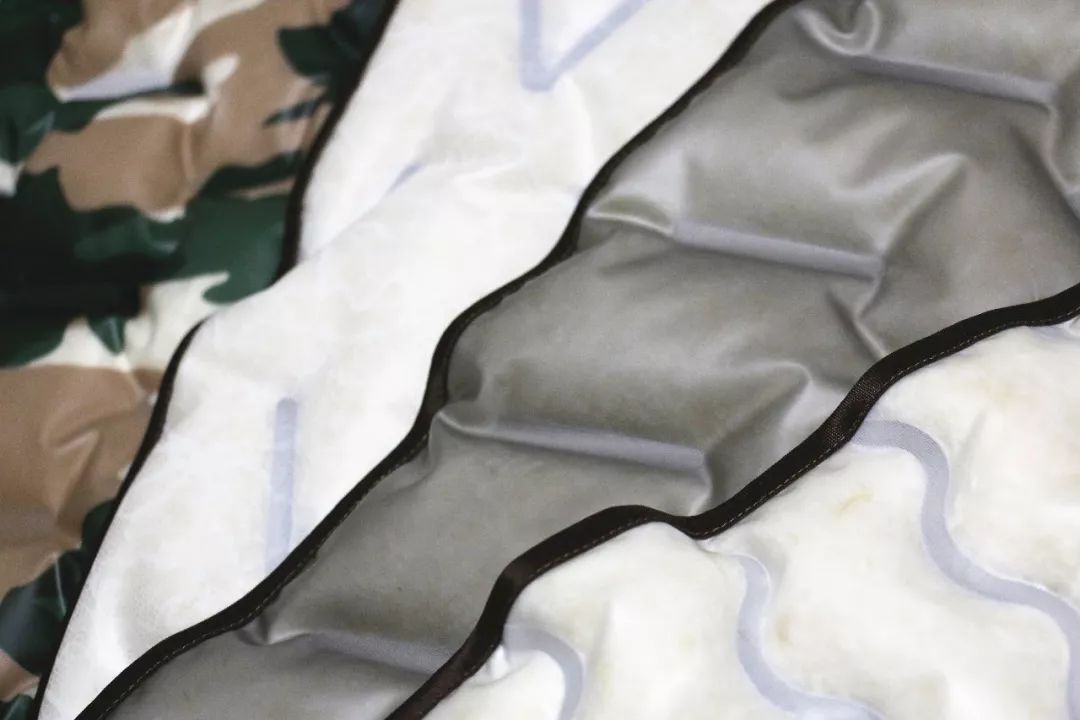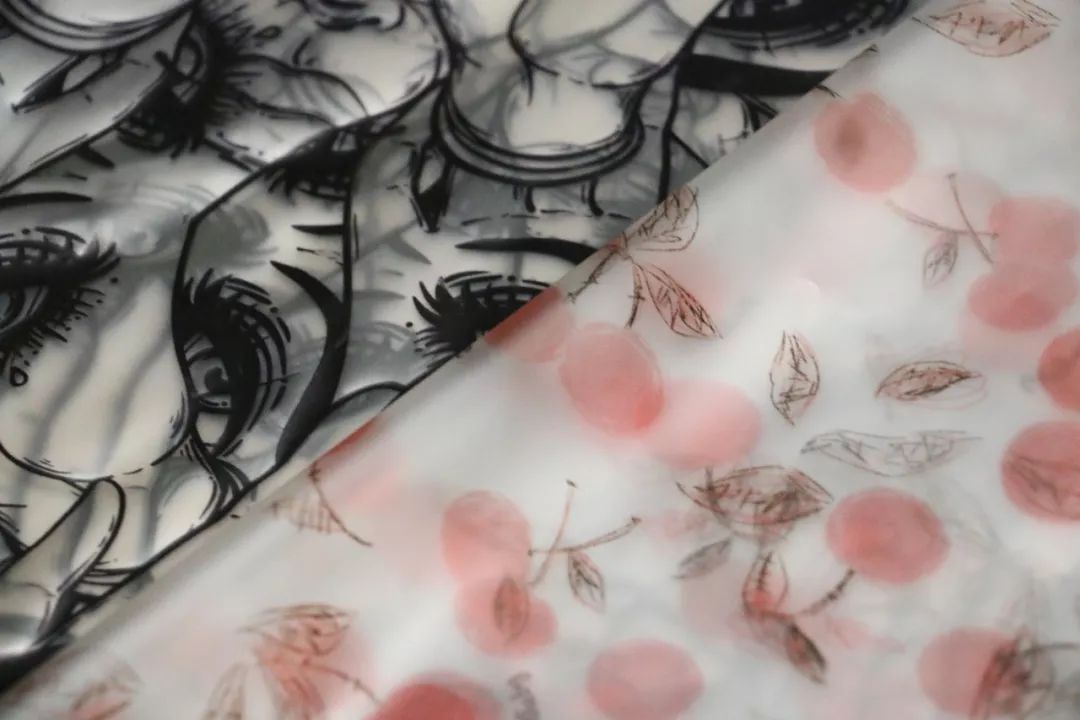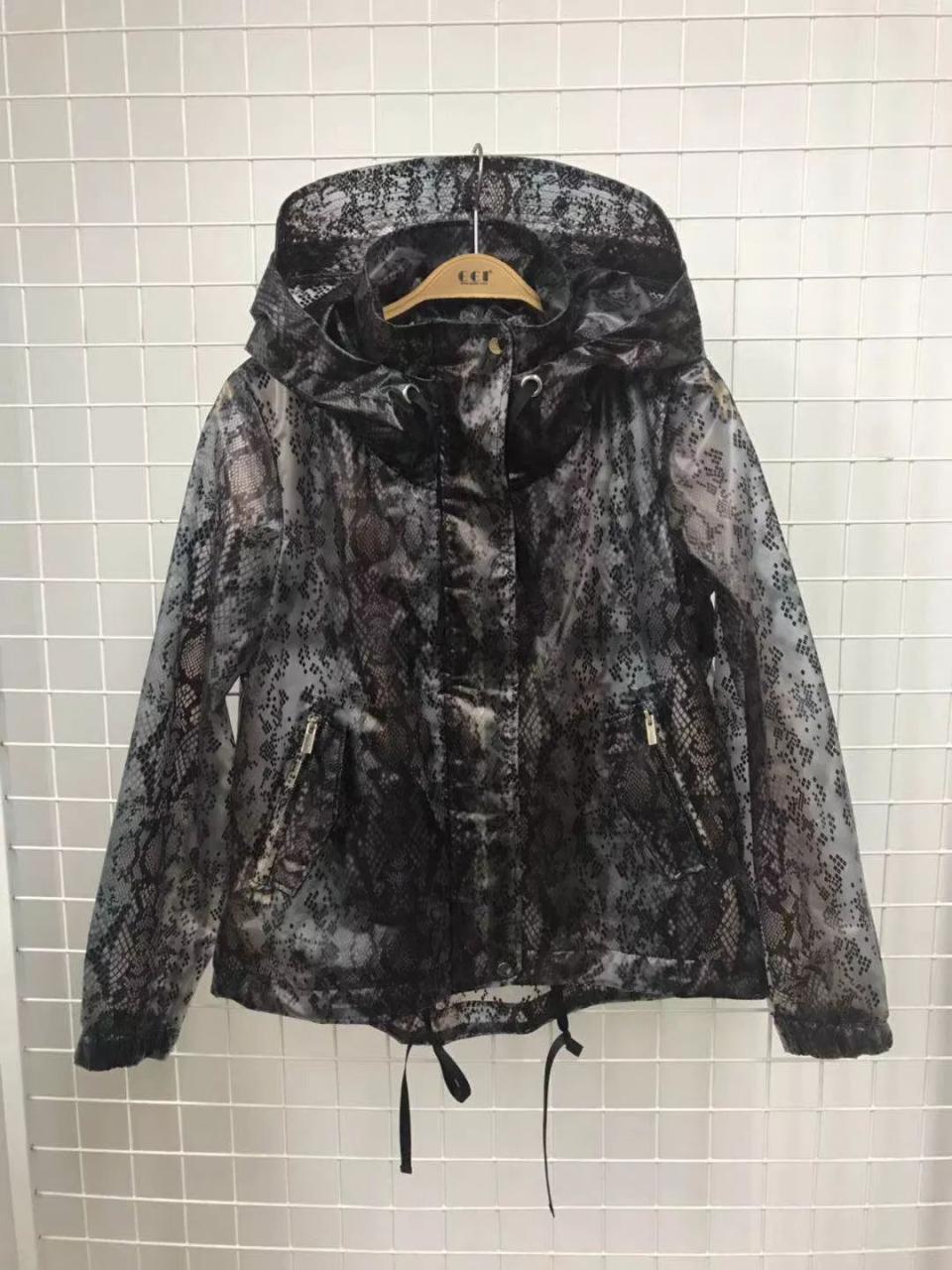TPU environmentally friendly fabric Which one is better?
Deciding which fabric to use is one of the most important aspects of the clothing design process. It not only affects the appearance, lifespan and quality of the clothing, but also determines the impact of the clothing on the environment. Nowadays, more and more clothing fabrics are beginning to move closer to environmental protection, degradation, and recycling. With the deepening of development, many environmentally friendly functional fabrics have appeared in the textile industry, among which TPU film is currently a more successful environmentally friendly fabric.
TPU film environmentally friendly fabric
TPU film is a film made based on TPU granules through calendering, casting, film blowing, coating and other processes. Due to the particularity of the raw materials used, if a raincoat made of TPU is discarded and buried in the soil for 3-5 years, the TPU film can be completely decomposed into hydrogen, oxygen and water by soil microorganisms, without causing any pollution to nature. . In addition, TPU products can be recycled and reused if they are not degraded, that is, they can be turned into saliva materials, or used in products with lower molding performance requirements. Likewise, the product can be completely degraded after it is discarded. Compared with PVC, EVA, butyl rubber and other plastic materials, TPU not only has excellent properties such as environmental protection, non-toxic, anti-mildew, anti-wear, anti-corrosion, biocompatibility, etc., but is also resistant to bending and tearing, acid, alkali and oil stains, and The performance of other fabrics such as aging and oxidation is also very good. It is precisely because of these incomparable advantages of TPU film that it has become one of the mainstream environmentally friendly materials in the 21st century.
As a professional fabric market in Shengze, the silk capital, Dongfang City has many companies specializing in the development and production of environmentally friendly fabrics. TPU film environmentally friendly fabrics are the most widely used and of the best quality. The one with the best price is Limeng Textile located on the 2nd floor of Dongfang City.
In the application of TPU film environmentally friendly fabrics, Limeng Textile has expanded the fabrics to raincoats, down jackets, fashion, women’s bags and other fields, and this fabric alone has been favored by Europe, the United States, It is enthusiastically pursued by buyers from many countries and regions. At the same time, because they always adhere to the “quality first” business philosophy in terms of fully environmentally friendly, high-quality, and strong color fastness fabric requirements, they have more confidence to develop new, more environmentally friendly products.
The editor below will introduce you to
Three star products in Limeng Textile’s “TPU environmentally friendly fabric series”
p>TPU direct velvet filling
What is TPU direct velvet filling?
Direct-filled down jacket fabric is a new type of modern down jacket fabric. It does not require quilting and lining. The warm down can be directly filled into the fabric, saving time and effort and not easy to drill down. The fabric can be customized according to the needs of the clothing. Specially designed colors and patterns. If transparent or translucent fabrics are used to make down jackets, consumers can directly see the down filling inside from the appearance, which is both personalized and intuitive. Limeng Textile’s direct-filled velvet has stable quality, various patterns, and sufficient stock. Why don’t you come and choose?
Personalized fashion
Not easy to drill velvet
The velvet filling is intuitively visible
TPU digital printing
What is TPU Digital printing?
Use self-made pigment digital inkjet printing, then attach a transparent film, and press your favorite pattern on it at high temperature, which is modern TPU digital printing. Limeng Textile’s TPU digitally printed finished products use new particle technology, are resistant to discoloration and yellowing up to level 4, and have a certain degree of elasticity. They are one of the fabrics currently sought after by trendy brands.
Elastic
Oil-resistant
Fashion-forward

TPU cold /Thermal Transfer Printing
What is TPU hot and cold transfer printing?
Cold/heat transfer, as the name suggests, uses reactive dyes to print on the transfer paper by cooling or heating during the transfer process to complete the printing pattern. In this process, Limeng Textile combined with TPU’s environmentally friendly fabrics makes the characteristics of this fabric more outstanding. It can not only be made into raincoats and fashionable clothes, but also used as home tablecloths, curtains, etc. The current price of this fabric is 15-18/meter, which is a fashionable and environmentally friendly fabric with a very high cost performance.

High quality
Low price
Color Strong fastness
Deciding which fabric to use is one of the most important aspects of the clothing design process. It not only affects the appearance, lifespan and quality of the clothing, but also determines the impact of the clothing on the environment.
Nowadays, more and more clothing fabrics are beginning to move closer to environmental protection, degradation, and recycling. With the deepening of development, many environmentally friendly functional fabrics have appeared in the textile industry, among which TPU film is currently a more successful environmentally friendly fabric.
TPU film environmentally friendly fabric
TPU film is a film made based on TPU granules through calendering, casting, film blowing, coating and other processes. Due to the particularity of the raw materials used, if a raincoat made of TPU is discarded and buried in the soil for 3-5 years, the TPU film can be completely decomposed into hydrogen, oxygen and water by soil microorganisms, without causing any pollution to nature. . In addition, TPU products can be recycled and reused if they are not degraded, that is, they can be turned into saliva materials, or used in products with lower molding performance requirements. Likewise, the product can be completely degraded after it is discarded. With PVC, EVA, butyl rubber and other plastic materialsTravel light
Although leather materials and Foamposite materials can bring the wrapping and support needed by players, their large-scale use increases the weight of the sneakers a lot. How to make sneakers lightweight without losing the wrapping properties, the design concept of plastic materials came into being.
Nike’s Hyperfuse material is a hot-melt mesh that combines three layers of plastic synthetic material, breathable mesh, and TPU film through hot-melt pressure. The plastic synthetic material is responsible for the lightweight, breathable mesh to ensure breathability, and the TPU film to provide stable protection. At the same time, the Adidas Crazylight series of materials was also similar to it.
Pictures
As the final swan song of the Hyperfuse series, Nike Hyperfuse2013 is equipped with a fan-shaped Zoom air cushion in the forefoot, combined with fuse hot-melt plastic material throughout the shoe body, making it lightweight and highly breathable. , can also provide good wrapping properties.
05
Engineered Mesh——Extreme fit
Although fuse material solves the problem of lightweight and breathable shoes, the properties of plastic material are not suitable for wearing. However, the comfort level and the fit between the shoes and the feet need to be improved. To address these problems, Nike used the Engineered Mesh engineering mesh fabric developed in Korea for the first time on the Kobe 8 generation.
Engineered Mesh, an innovative woven mesh material, is extremely lightweight and breathable. It can provide all the flexibility needed for foot flexion during exercise, creating a special package that fits your feet. experience. Although the support is not as good as leather materials, the comfort is far beyond what other materials can bring. With the special performance of Engineered Mesh, it still appears on the uppers of most Nike shoes today.
Compared with previous shoes, Kobe 8 has better breathability, and the easy-to-color nature of Engineered Mesh also gives more possibilities for shoe color matching.

06
Flynite——Weaving craze
Engineered Mesh engineering mesh solves the problem of comfort However, due to the soft material, the uppers are easily broken after wearing them for high-intensity exercise. At this time, the design concept of sneaker uppers has expanded from solving the problems of wrapping and support to being able to meet the needs of breathability and comfort. , durability and many other related issues.
The Flyknit technology developed by Nike means that the entire upper is woven from a set of fiber threads, and fiber materials such as Lycra blended thin threads or multi-layered spun yarns are added according to the needs of the functional areas of the shoe body. . The shoes produced in this way are not only lightweight and breathable, but also can increase or decrease the density of the weave according to the different forces on the feet in the shoe body, bringing different wrapping properties. Solve performance issues such as wrapping, support, breathability, comfort, and durability together! The Primeknit weaving technology owned by Adidas also has a similar approach.
The upper of Lebron 18 combines the advantages of the first three generations of Flyknit technology: Lebron 15’s Battleknit woven upper technology, Lebron 16’s high-tenacity yarn, and Lebron 17’s Tpu yarn for woven exoskeleton. . In addition, three small airbags are added to the tongue area to ensure comfort, and the overall wrapping performance is not inferior to any shoe style.
Gore-Tex – Cloth of the Century
With the rise of the chemical industry, various types of special fabrics are also produced. Using existing special fabrics on sneakers will not only reduce research and development costs, but also greatly improve the properties of the sneakers. This also led to the cooperation between Nike and the American Gore Materials Company.
Gore-Tex fabric is a special fabric invented by the American Gore Materials Company that is waterproof, breathable and windproof. It is light in weight and extremely comfortable to wear. It is known as the “cloth of the century”.
The uppers of Nike Air Force 1 Gore-Tex shoes are all made of Gore-Tex fabric, which has excellent warmth retention and can also meet the waterproof performance requirements when going out in rainy and snowy weather in winter. Nike Air Force 1 Gore-Tex shoes are available in two versions, high and low. They are a cold-proof boot that has both good looks and functionality.
The Nike Cosmic Unity worn by Lakers star Anthony Davis recently will also be on sale. Nike is the first pair of actual basketball shoes made of recycled materials in the history of sneakers. The weight proportion of recycled materials is At least 25% of the entire pair of sneakers. The upper area is also made of stretch fabrics made from waste materials taken from factories such as recycled plastic bottles and discarded T-Shirt yarn.
The development history of sneaker uppers has made huge leaps from the early canvas uppers to the present. The design concept has also shifted from meeting people’s most basic needs to protecting the natural environment. What are your expectations for this first pair of environmentally friendly sneakers? Why not tell everyone in the comments below!






